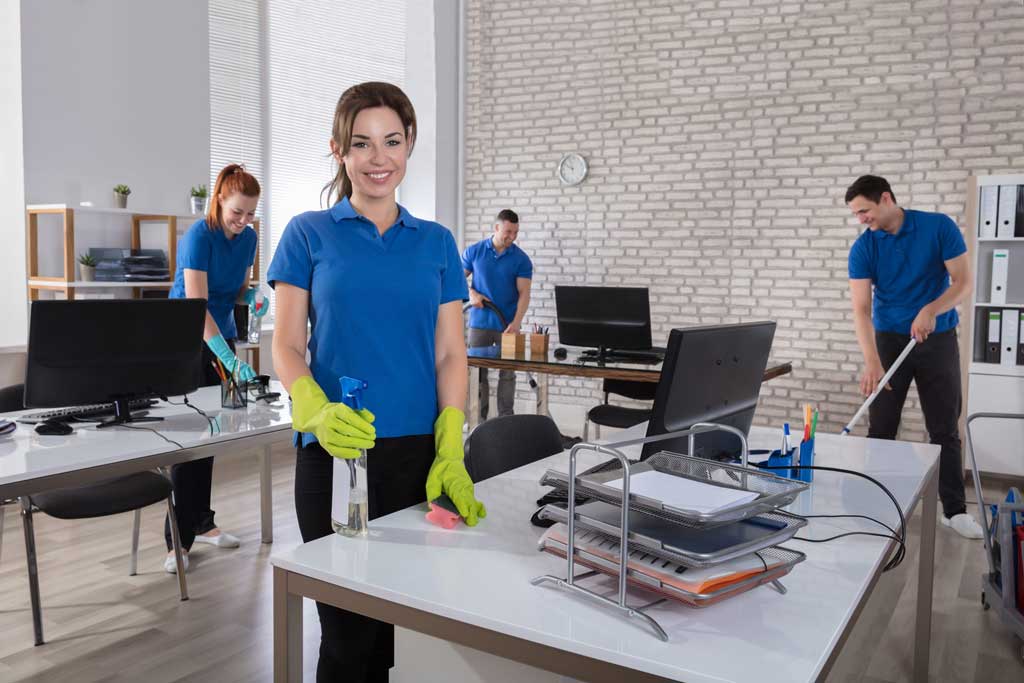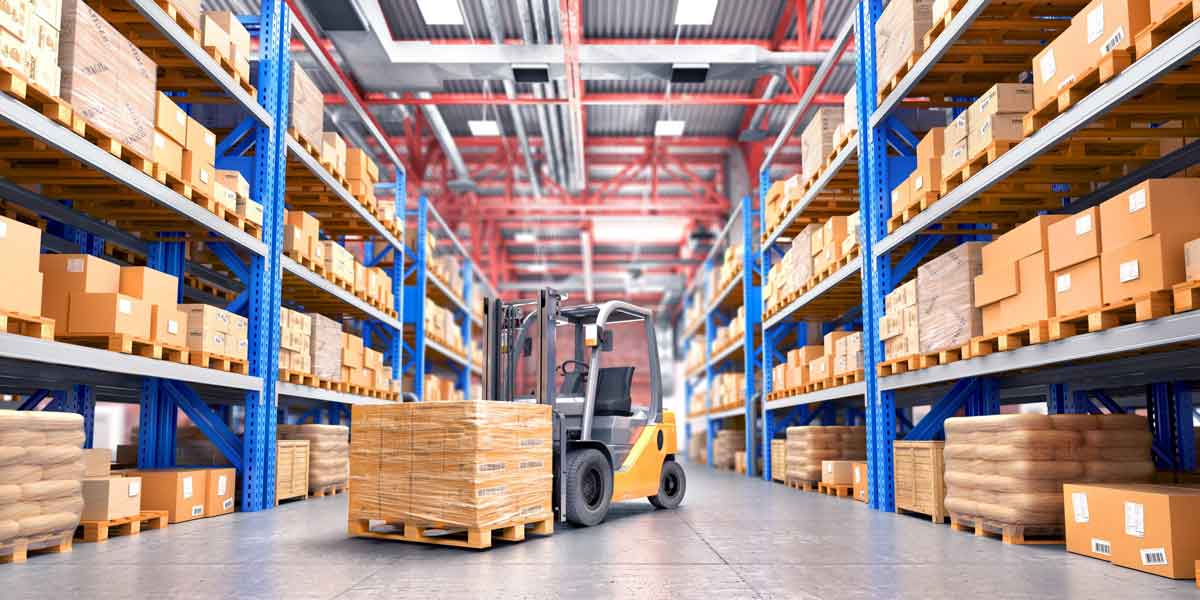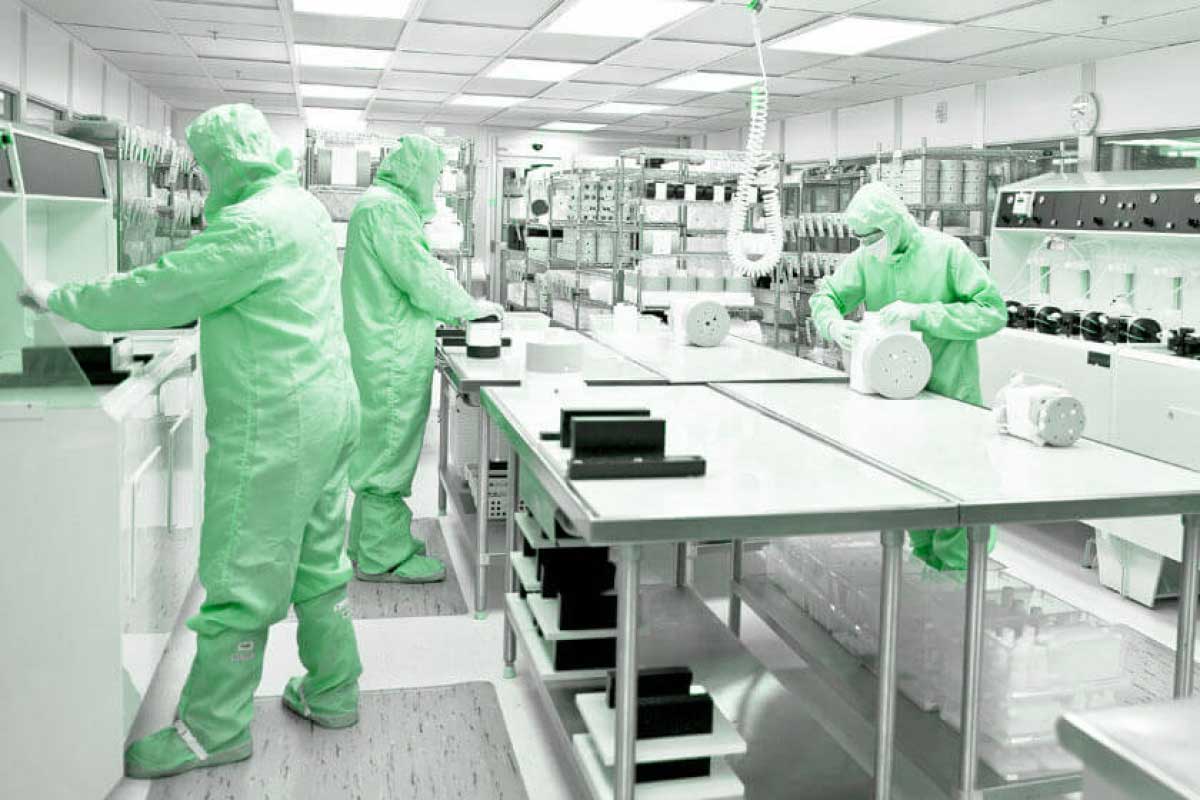
Proper Order of Cleaning Your Business
It seems like our lives keep getting busier and busier, and if you’re cleaning your own business, you’ll want to make sure you’re spending your time cleaning efficiently. And if you’d like to outsource cleaning, we’re only a phone call away!
Top to Bottom
Whether cleaning your business or your house, the general rule for cleaning any room of your business is to work from top to bottom. That way you’re not cleaning areas that you’ve already cleaned. Dust from top to bottom so the dust from tall shelves and cabinets falls to the ground, and you can clean the floors last. Dust electronics, furniture, shelves, knick-knacks, plants, wall hangings, blinds, and window treatments.
Now let’s discuss the specifics for each room.
Bathrooms
Bathrooms need to be cleaned daily–they’re a high-traffic area with plenty of germs. First, scrub the toilet bowls using a disinfecting cleaner and toilet brush. Wipe the seat, lid, outside of the bowl, tank and base of the toilet with disinfectant. Next, wipe the sink and counter with disinfecting cleaner. Check the supplies in the bathroom (tissues, toilet paper, paper towels, and soap dispensers). Sweep and mop the floors.
Break Room
The break room is like the facility’s kitchen, so germs can accumulate there as well. Carefully cleaning the break room helps to ensure that employees stay safe and healthy.
- Keep the facility’s refrigerator clean and organized. Every two weeks, throw out old food and wipe down the shelves and bins. Use a disinfectant to make your refrigerator sparkling clean.
- Use a disinfectant to clean countertops, sinks, tables, chairs, and shelves.
- Do the same with the microwave. Use a disinfectant to clean the inside of the microwave. In a shared break room, the microwave gets lots of use, so this task should be done daily. The longer microwave messes sit, the harder they become to clean.
- If you have a dishwasher, make sure it gets run periodically and gets emptied. If you also have a dish drainer rack, make sure it gets emptied daily so clean dishes don’t sit and get mildewed.
- Periodically wash hand and dish towels and replace dish sponges.
Everyday Tasks
There are some tasks that need to be done every day:
- Empty all the waste baskets everyday–especially in the break room where food waste gets disposed of all day. You don’t want the office on Monday to smell like whatever everyone had on Friday for lunch.
- Vacuum the floors in the office, including carpets and mats. Treat any stains immediately so they don’t sit and become permanent.
- Wipe mirrors and windows to remove smudges and fingerprints.
Need a Commercial Cleaner?
If you’re looking to outsource your facility cleaning, give us a call for a free estimate. We’d love the opportunity to clean your facility!





